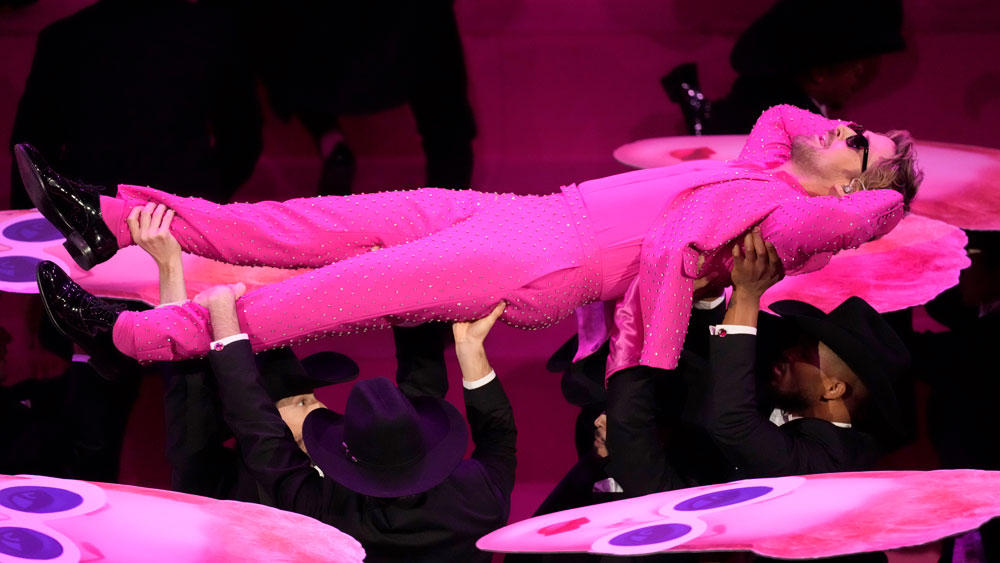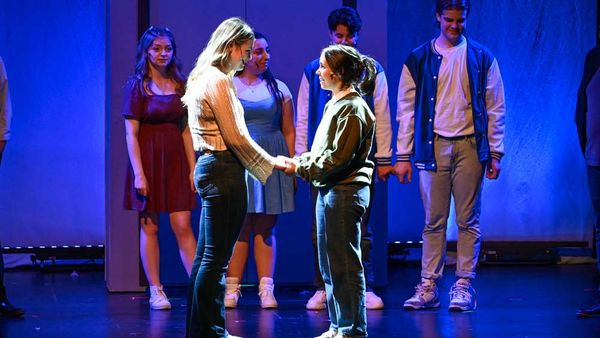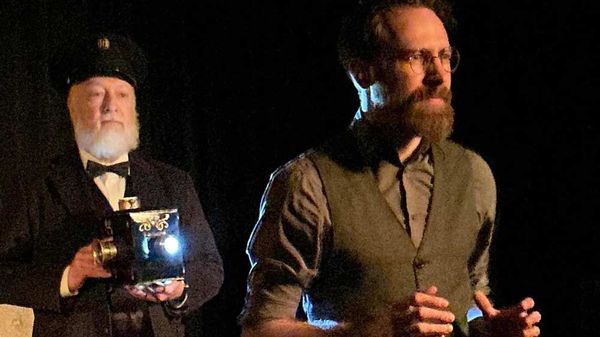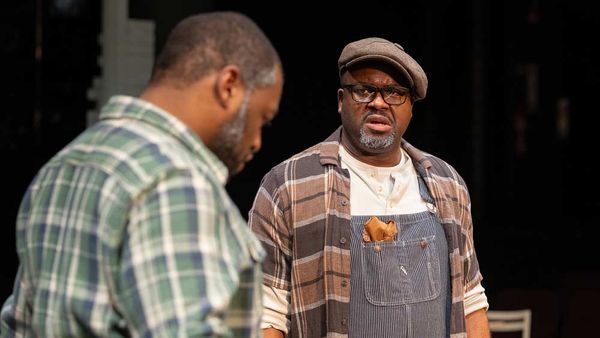
October 12, 2018
22 July
Robert Nesti READ TIME: 4 MIN.
The date July 22 sits in the hearts and minds of Norwegians much like September 11 does with Americans. It was on that date in 2011 that a sole terrorist, Anders Behring Breivik (Anders Danielsen Lie), exploded a car bomb outside the government offices in Oslo, then drove a short distance outside the city and attacked an island camp where the teenage children of the country's leading party (Labor) had gathered for a retreat. In a brief amount of time, he killed 69 of them, injuring some 200; add the 8 who died in the Oslo attack and the mortality rate totaled 77.
Breivik surrendered to a SWAT team on the island with hopes to use his notoriety to push his nationalistic agenda. He called himself a Knight of the Templar and implies in a chilling fashion that more such attacks were to hit Norway and other European countries because of their immigration policies.
The moment when Breivik threatens to unleash similar violence happens at the end of the first part of "22 July," Paul Greengrass's measured docudrama that brings to the big screen the horror and its aftermath. Or rather the small screen because being produced by Netflix, it is currently streaming (it went up on October 7). This will likely give the film more attention than it would have received if it was a straight-to-theaters release – how many more people are going to happen upon the film while surfing for something to watch?
The film exists at the intersection of commerce and tragedy – which raises the question, how can a film, which is made (ultimately) to make money, not simply exploit its subject? Greengrass's approach is to use a docudrama approach (he calls the "unknowing camera") he has used in the past ("United 93") and to hire an all Norwegian cast (though they speak English). The result has verisimilitude and a sense of objectivity, but also a story arc that can only end in a moment of uplift if it wishes to have any hope of commercial success. It is a compelling story; though watching it you only wonder if a longer format may have better served its exploration of political extremism and the darker underpinnings of civic rage in a democratic society. Despite its ambitions, "22 July" ends up doing what movies of this sort often do – leave the audience with a tidy villain and reluctant hero, and the sense that good does triumph in the end.
That hero is teenager Viljar Hanssen (Jonas Strand Gravli), one of Breivik's victims who survives his serious injuries. Greengrass meticulously recounts how he is shot while attempting to escape; then follows with his painful recovery, which begins with a harrowing series of brain operations to remove bullet particles from the base of his skull, and his slow struggle to learn to walk again (another bullet shattered his leg). Gravli, the young actor in the role, is nothing less than extraordinary in bringing to life Viljar's journey. Not only does he capture the arduous physicality of his recovery, but also its overwhelming psychological damage.
It takes some time for the film to get to the final set-up, in which Viljar decides to testify at Breivik's trial where his goal is not to show any weakness in his presence. His testimony ends the film on that uplifting note, though the climax didn't ring true, partly due to the film's other compelling performance, that of Anders Danielsen Lie as Breivik, who is as cool and as controlled as a villain from one of Greengrass's Bourne films. He dominates the film in unusual and uncomfortable ways – the fact that he has movie star looks (think Chris Evans) is just one of them. Is Greengrass, who wrote the script as well as directed, inexplicably creating an alt.right anti-hero with this film? That may be one of its unintended consequences.
After its harrowing first third, which unfolds like a thriller as Breivik meticulously executes his attack, the film sets out to show how a democratic society deals with a criminal this monstrous. Greengrass's approach is rigorously low-key as Breivik's lawyer Geir Lippestad (Jon �igarden) negotiates with his client to give him the best defense he can come up, one based on him pleading insanity which would keep him from prison time. A brasher filmmaker would likely paint this defense as a disingenuous attempt to take advantage of the legal system, but Greengrass never goes there. Instead portrays Lippestad and his legal team as defenders of the rules of law (i.e., their client deserves the best defense possible). The strategy, though, turns out to be one that Breivik rejects for one in which he wants the world to know he was in complete control of his faculties (as the film shows) when he murdered his victims. For Breivik his trial is his third act – his attempt to express to the world the reasons for his actions.
Early on Breivik is terrifying as he snarls and intimidates his political beliefs; yet the film reveals him as a banal and ineffectual vehicle of change that even his alt.right cohorts reject. In some ways the film brings to mind the recent thriller "Operation Finale" in its central moral dilemma – that is how do reasonable people deal with an ugly racist capable of horrific actions? And like that film, simply raises the question. In the end, the film painstakingly recreates the events surrounding Breivik's attack, both before and after, yet never gets into Breivik's dark soul, instead ends on a note of hope and sentimentality. This humanistic conclusion feels good, but leaves you wondering whether making a film in which its villain turns out to be its most compelling character is the best way to answer that question.
Robert Nesti can be reached at [email protected].







